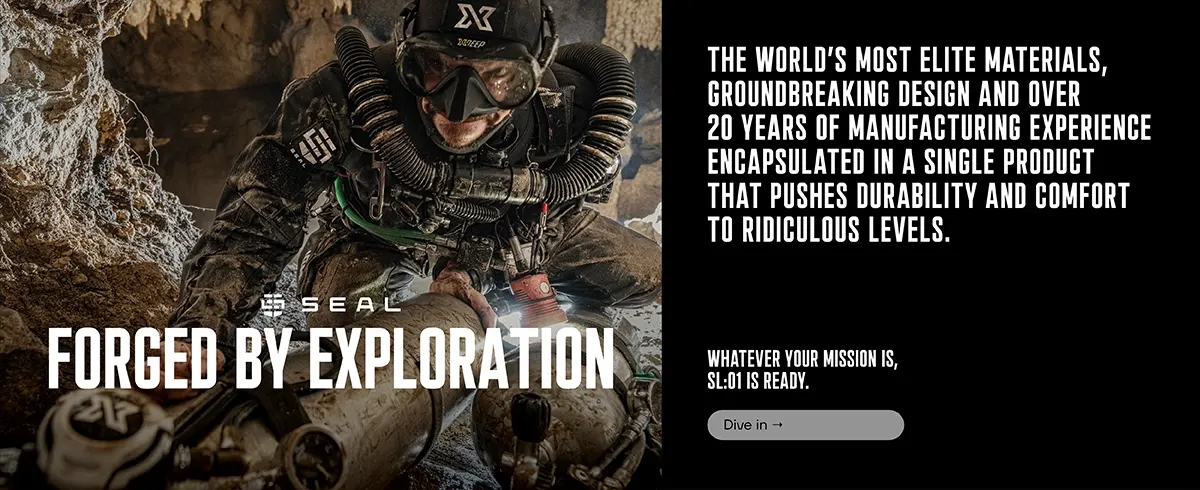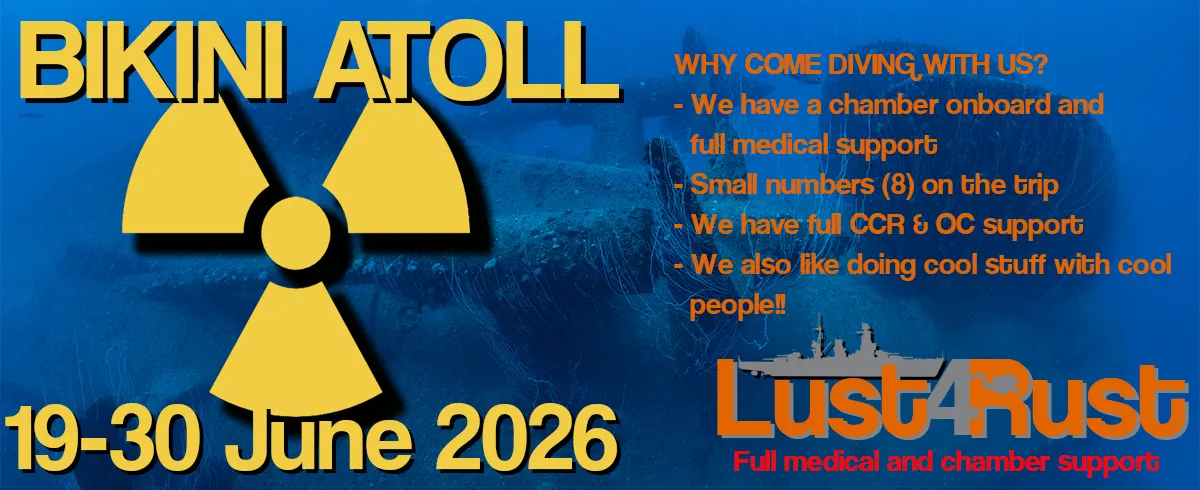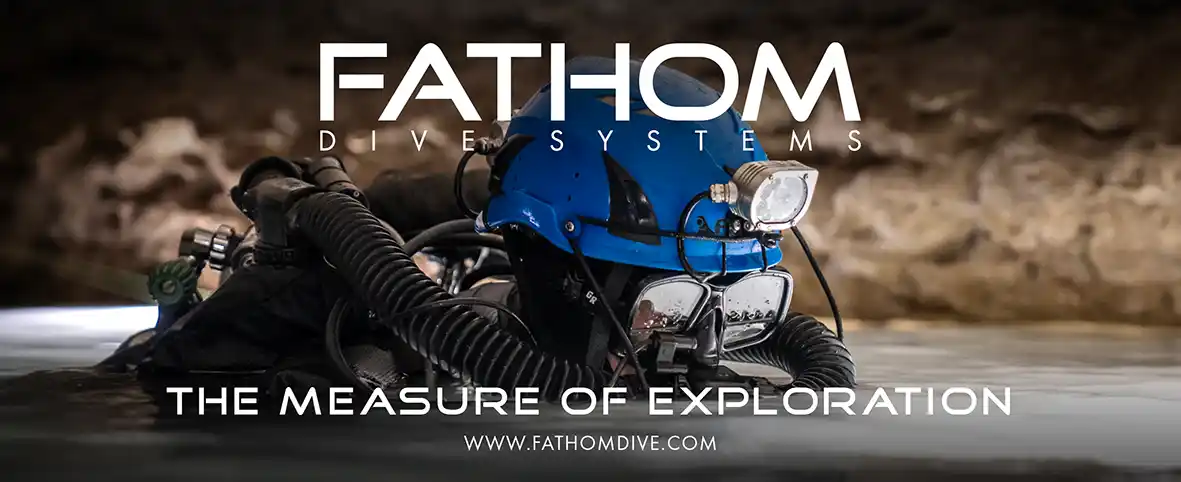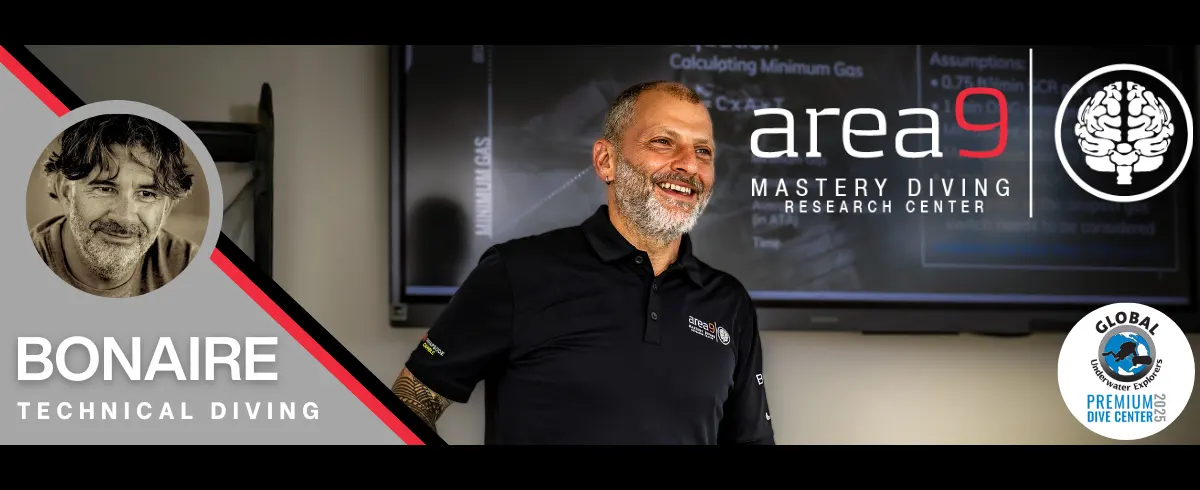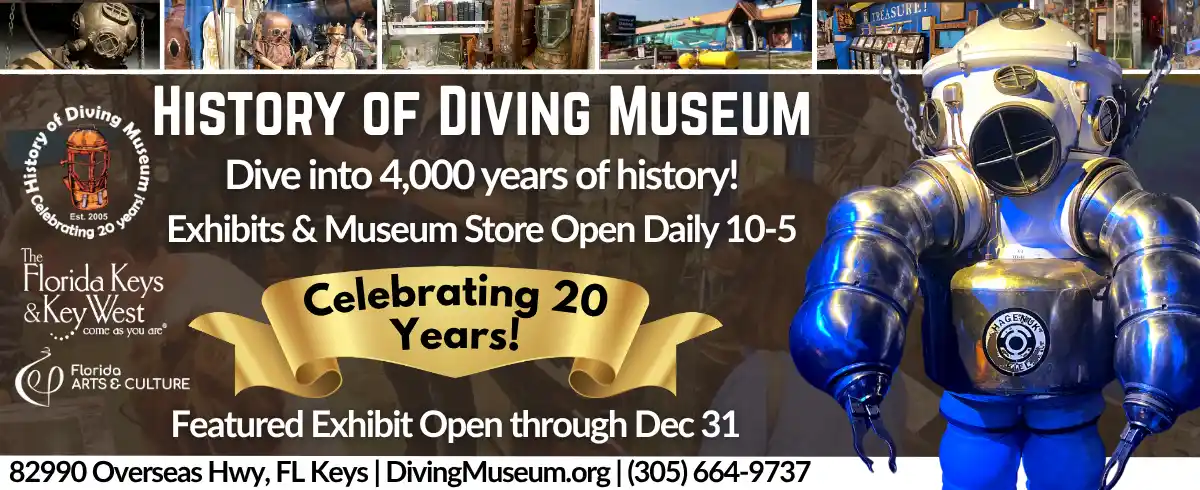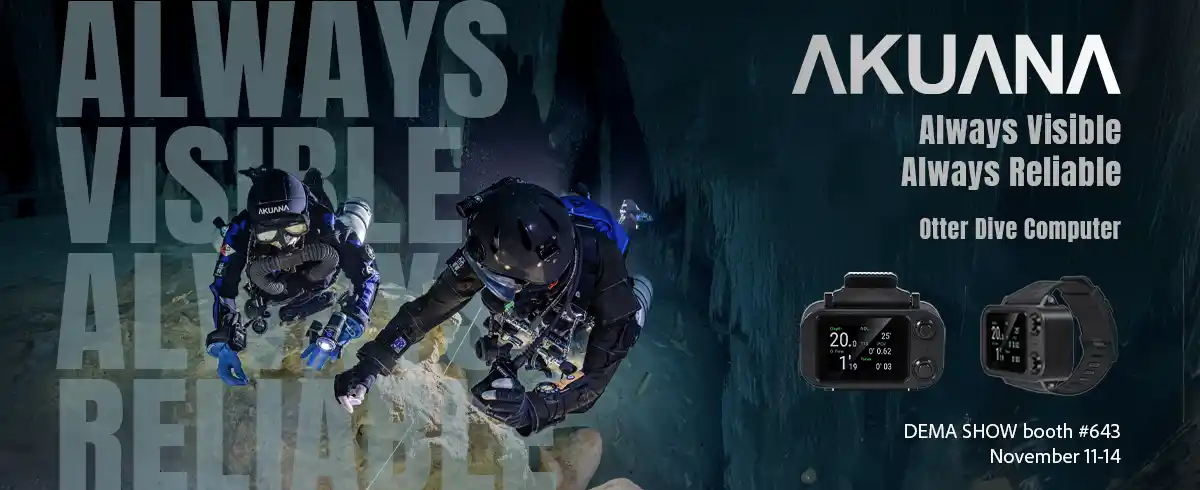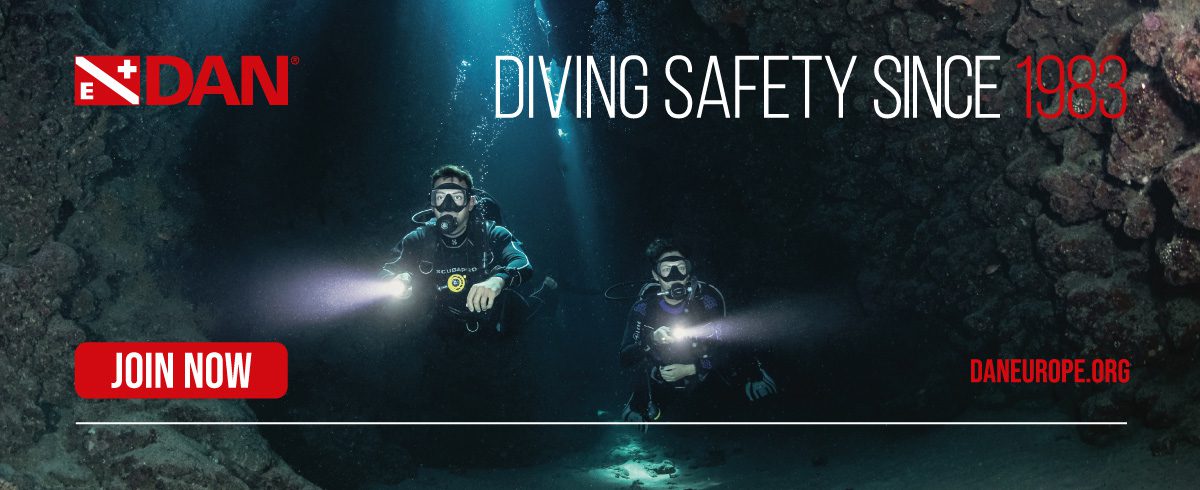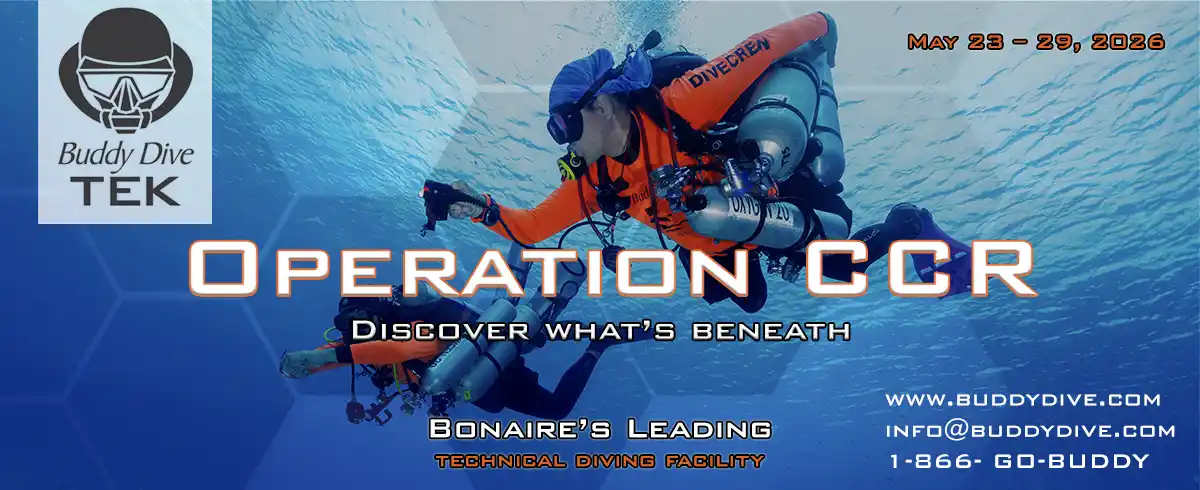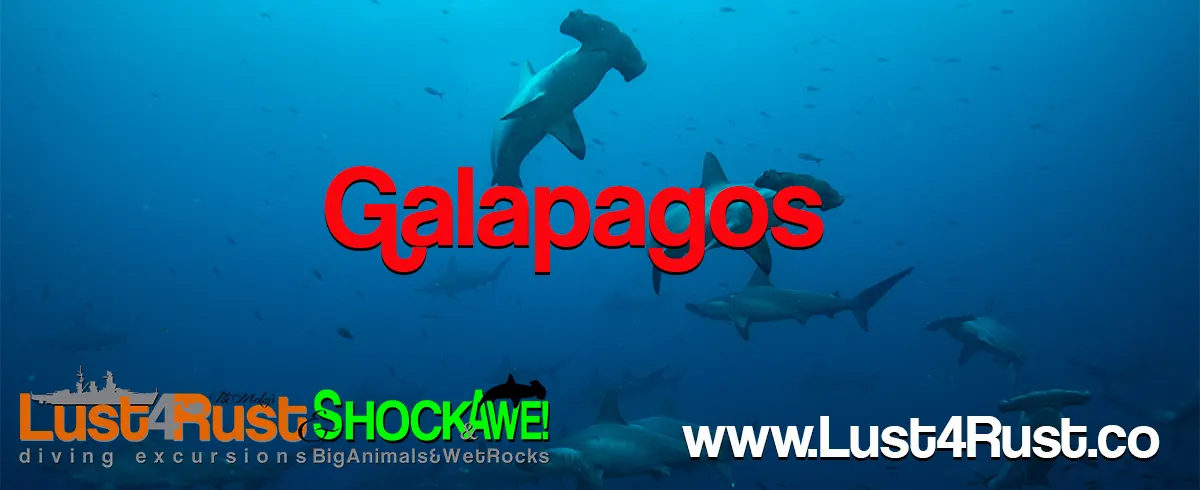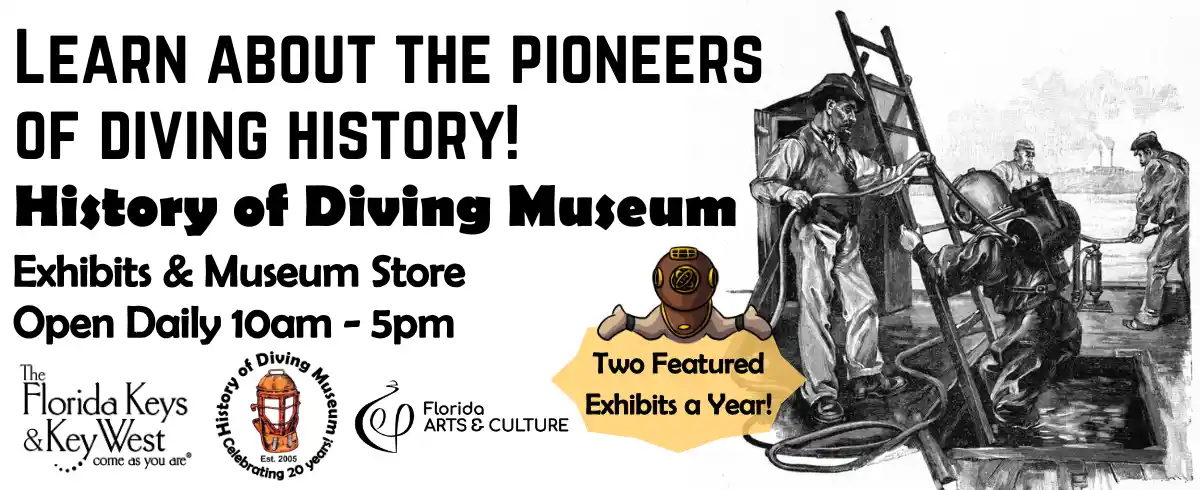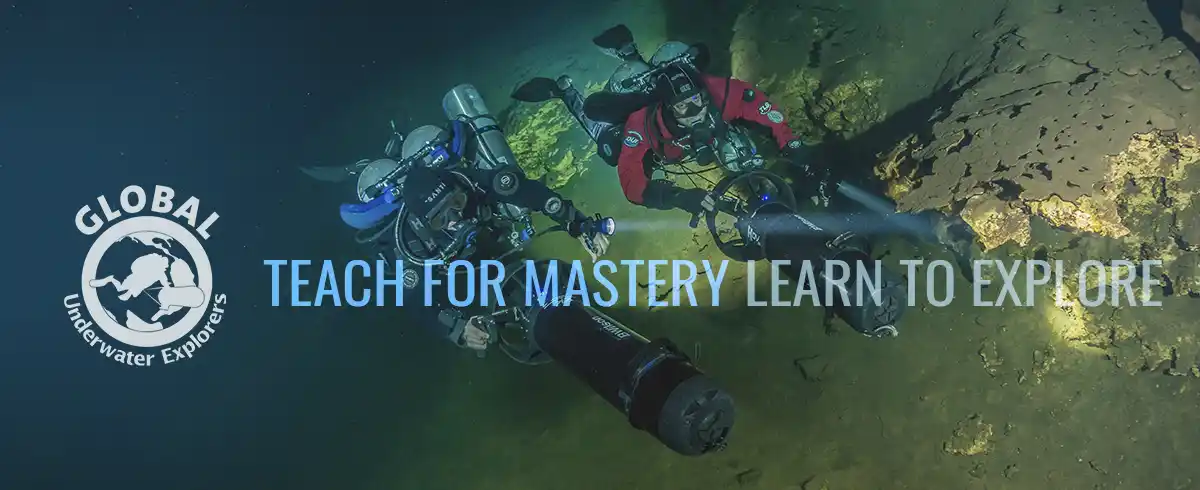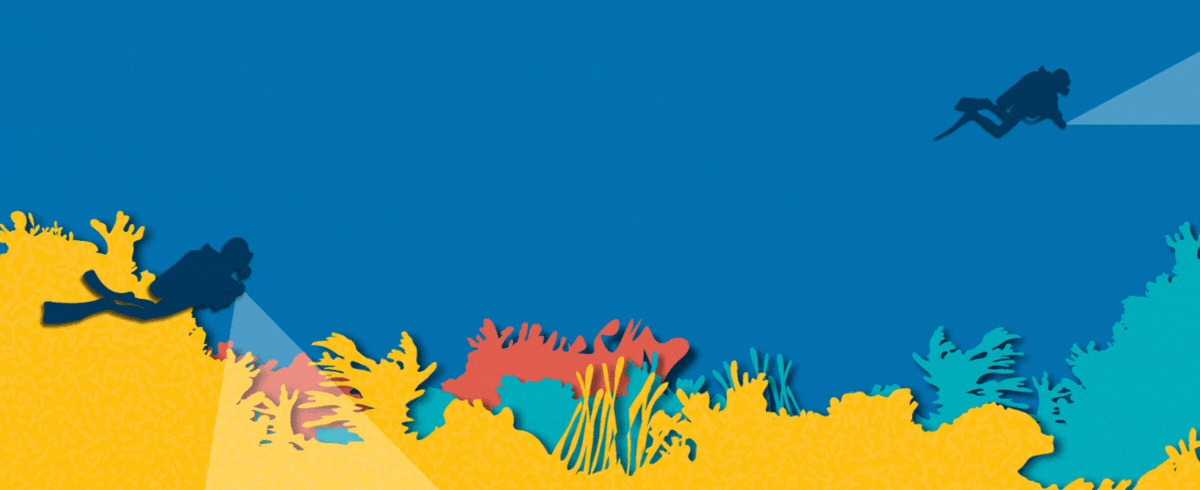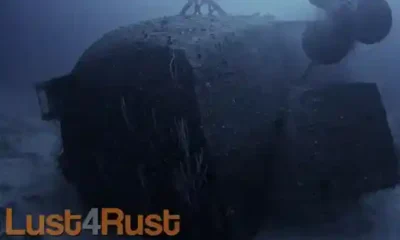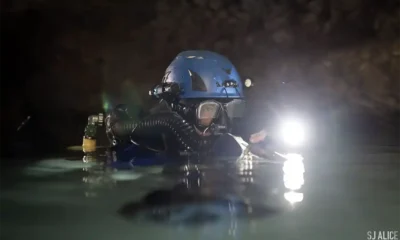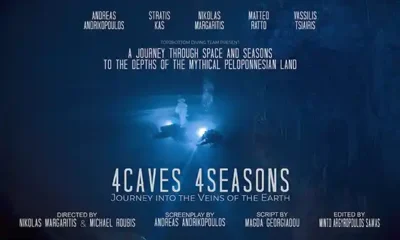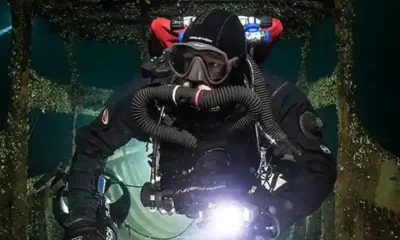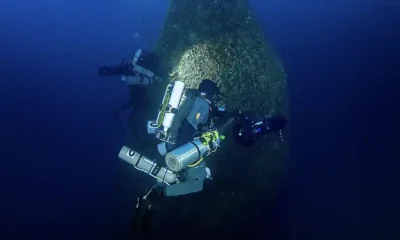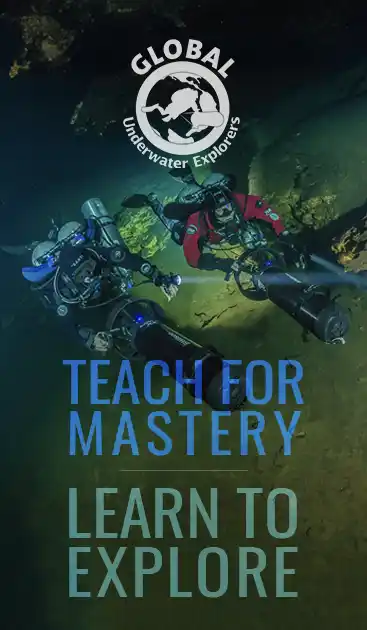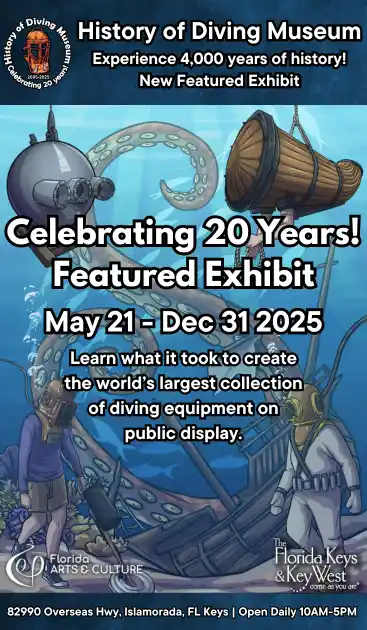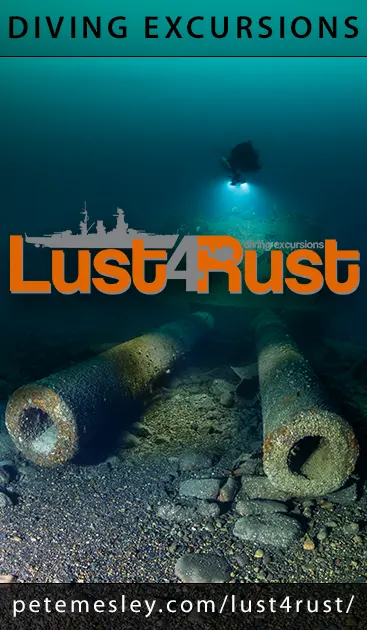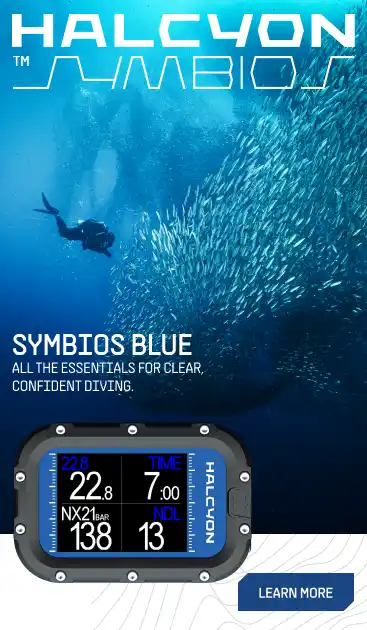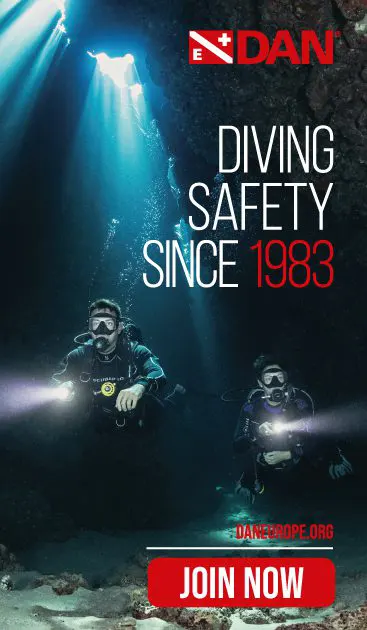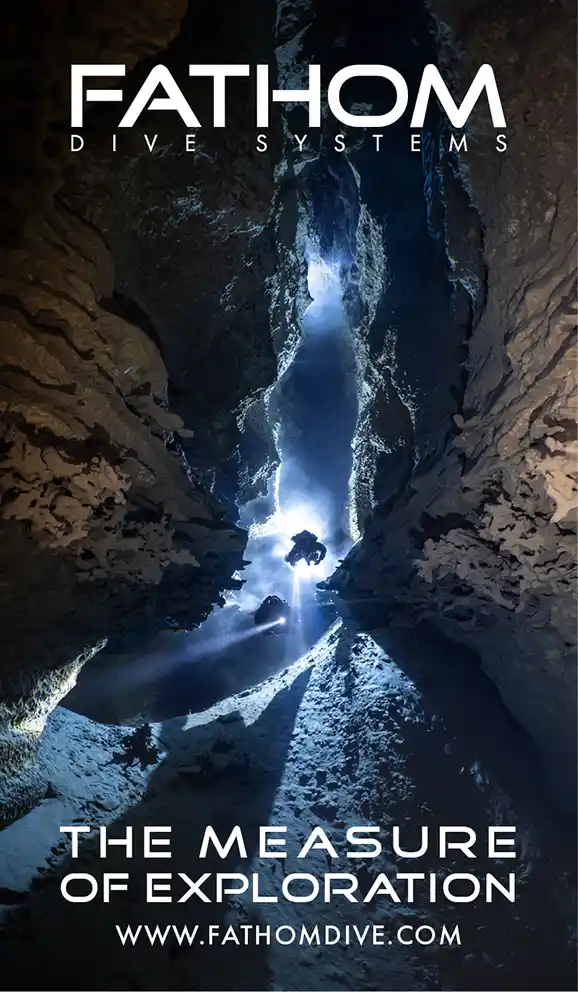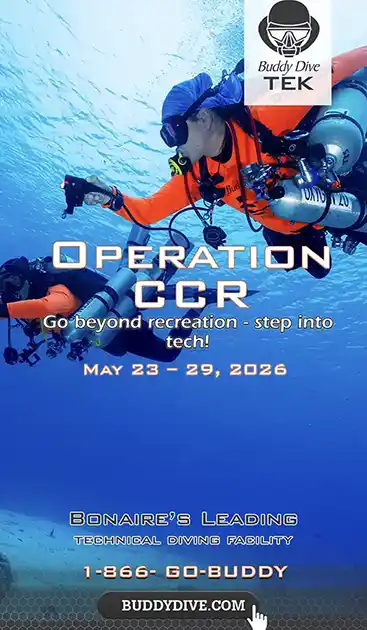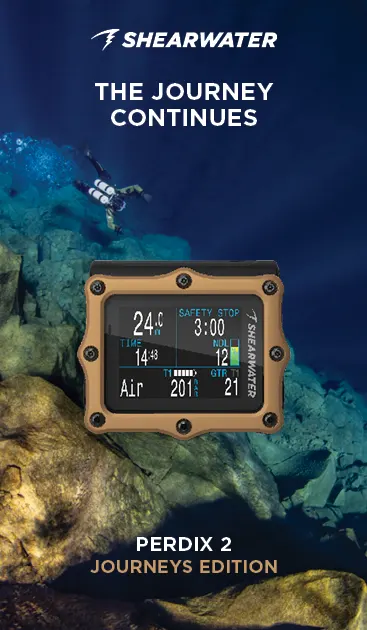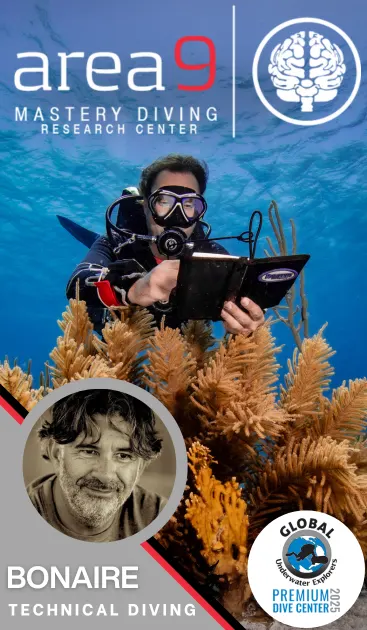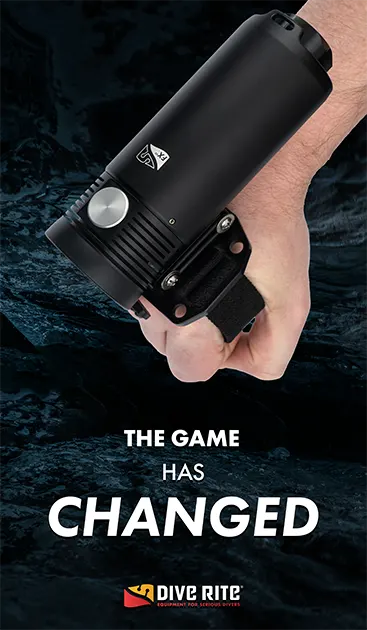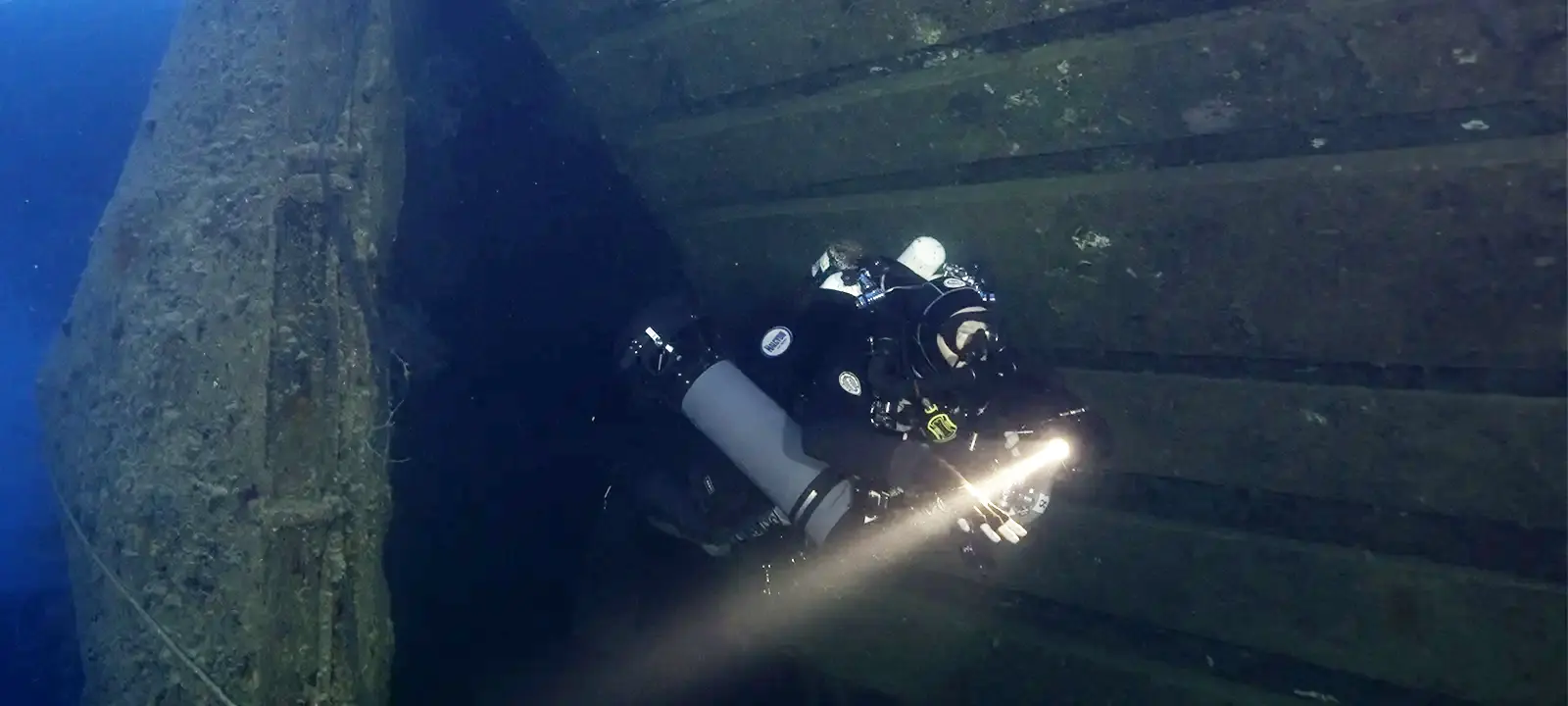
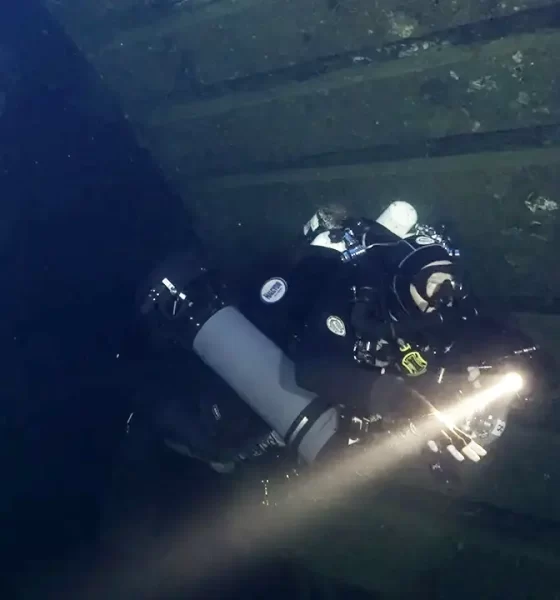
Exploration
Exploring Deep Technical Wrecks in the Red Sea
Videographer and content creator turned rebreather diver Rasaalika Singhania recounts the adventure of her first deep (80 m/262 ft+) tech wreck boat dives to the storied Al Qamar and Gulf Fleet, aboard her dive centers’ vessel, MV Legends II. And what an adventure it was! Fasten your harness and dive right in!
by Rasaalika Singhania. Lead image: Diver exiting the Al Qamar. Photo by Rasaalika Singhania
Imagine you’re a CCR Hypoxic Trimix 100 m diver, but you’ve only ever dived your rebreather from the comfort of the shore—where you have all the time in the world to get ready and mentally prepare before a challenging dive. Now, imagine you’re doing the same thing off a boat for the very first time—where it is imperative to jump on schedule with your machine, DPV, and a stage, collect your bailouts and camera quickly, DPV over to the shotline, and make a quick descent so you don’t lose your team all while defogging your mask and stretching out your drysuit undergarments at the same time.
This may sound mildly terrifying to someone who has done all their tech and rebreather diving in the relative safety and comfort of the baby pool that is Dahab, but it was exhilarating. The training wheels flew off and what followed was nothing short of spectacular. The highlights of our deep CCR exploration trip for me were the Al Qamar Al Saudi Al Misr (“Al Qamar”) a huge passenger ferry laying at -83 m/272 ft in open water) and the Gulf Fleet (an offshore supply vessel laying at -103 m/338 ft at the bottom of Sha’abruhr Umm Qamar Reef in between the Asian and African tectonic plates—a fairly awe-inspiring site).
These dives are not for the faint of heart. Diving Al Qamar feels like real exploration—the crew used GPS coordinates to find the approximate location of the wreck, and then sonar to determine its exact location, which can take some time. Once the team had secured a shot line, we started the dive in teams, 30 minutes apart.

Descending to Al Qamar
Descending down to the wreck was ominous; we were in the middle of open ocean (as far as the eye could see, anyway) and descending into the blue, with only a line for reference. Slowly, an enormous dark shadow appeared out of the abyss, revealing the seven-story passenger ferry that once was. The ocean bottom at that depth appears largely barren, composed of extremely silty, clay-like sand that looks as if it would swallow us whole were we to continue our descent.
The only part of this wreck that seemed to have been explored (and that has a guideline) was the vehicle hold close to the stern. We entered through a large opening; prior to entering, we saw the huge propellers that once powered Al Qamar. As the ship was not carrying any vehicles on her final voyage, this hold is now a spacious passage that took us through about 80% of the ship.
While we travelled through the hold, many other smaller passages and doorways leading to other decks and areas of the ship revealed themselves. There was some fascinating deep sea coral growth and marine life inside this deep, dark hold: the lionfish slowly followed us as we moved through it while looking for our lights to reveal an opportunistic meal (this time without success, unfortunately). As we exited the cargo hold through a vehicle-sized door, there were more propellers. I’m not a seasoned wreck diver, but some teammates speculated that these were potentially bow thruster propellers or something of the like.

The top of the wreck is the starboard side, as she lays on her port side at approximately -65 m/213 ft. It is beautiful. On our second dive at Al Qamar, we travelled through the outside corridors of the wreck and explored its starboard side. Schools of Giant Trevally and tuna move around it, and there were more deep sea corals and hydroids, perhaps surviving by filter feeding alone with little to no photosynthesis possible at this depth. We spotted butterflyfish found only below 30 m/100 ft, and the myriad of marine life here were fascinating to witness—especially for those of us with interests in underwater ecosystems.
On both of our Al Qamar dives, decompression felt like an accomplishment. During our first dive, my team spent approximately 40 minutes between -85 m/279 ft and -65 m/213 ft. We completed two hours and forty minutes of total decompression with our first stop at -37 m/121 ft. While we had a line for reference, our ascent was blue, so I carefully timed my movements: slowing down and dumping the right amounts of gas at the right time from my wing, drysuit, and loop. The MV Legends crew deployed buoys with knots on a line for us to attach the bailouts we no longer needed, lightening our load for our long deco.

Al Qamar: Round Two
During our second dive on Al Qamar, my team spent a whopping 57 minutes between -85 m and -65 m with three hours and thirty minutes of deco. Our last (approximately) 90 minutes of deco from -6 m/20 ft and up was mentally challenging. There was no reef to look at, no marine life to distract myself with, and I left my Divevolk housing for my iPhone in Dahab—so much for downloading a movie or two to watch during deco. The surface felt so close yet so inaccessible, it was getting dark and cold, and I was exhausted. To expel the thoughts of hunger and a warm bed, I did a few things:
- I sang in my loop! Only Christmas songs came to mind for whatever reason, and if any of the other divers were annoyed by this, they didn’t let on.
- I watched the tiny creatures in the water column. There was a creature that looked like a peppercorn-sized ball with eight legs—I moved my finger towards it (I did not touch it!), and as soon as it felt the water pressure in its direction, it retracted all eight of its legs and voila! It was just a little ball. I was also excited to see a Venus Girdle, a species of comb jelly I’ve seen only once before that resembles a translucent ribbon with iridescent edges and bioluminescence.
- I spent time on my dive computer. Being a relatively new CCR diver with only about 150 hours on my machine, I distracted myself by analysing my dive parameters and playing with my dive settings in a series of hypothetical “What ifs.”
Simply climbing onto the dive lift was a task and a half—my legs and back were incredibly stiff after the long deco. This was a new feeling, with the Al Qamar dives being my longest deep bottom times and longest decompression times.

Gulf Fleet: A Different Animal
Gulf Fleet presented us with a very different dive. We had challenging sea conditions with lots of wind and chop at the surface; consequently, we could not jump from the boat but had to load ourselves and all our gear into Zodiacs for a quick drop-off. Again, this was the polar opposite of the easy entries I am used to in Dahab. We backward-rolled with DPVs clipped to our crotch straps and resting on our right knees, rebreathers on our backs, masks on, loops in our mouths, and our 50% S80 on our left, clipped as it should be.
Given surface conditions and how close we were to the reef—and, therefore, the imminent risk of the Zodiac colliding with the reef—engines stayed on and the Zodiac moved away as soon as we back-rolled. Once we felt okay, we DPVd over to the Zodiac to collect the rest of our stages. Due to the surface conditions, I decided to leave my camera on the boat, as the prospect of this dive was already too overwhelming to handle everything I had without adding a camera. I was nervous.

The descent was far easier in comparison to Al Qamar. We had the reef for reference and, as we approached -65 m, the wreck began to come into view. As we neared -100 m/330 ft, I started to tremble, overawed by the sight ahead of me. The tectonic plates did not resemble the innumerable canyons that define the rift system that is the Red Sea, but rather looked like two huge edges, almost perfect 90° angles, upon which the Gulf Fleet sat with her mast largely intact. The silhouette was stunning. This vessel had hit the reef and slid down it, finally coming to a halt when the Asian plate wouldn’t allow her to slide any further. Like a wooden model sitting upon a mount inside a glass bottle, the Gulf Fleet rests upon this fault line as if it was made for her.

Exploring the bridge revealed much of the glass intact and, as I swam through the center of the ship through a galley of some sort, I could almost imagine what life aboard this vessel looked like. With her lying on the fault line, you can swim under the wreck in the gap between the two plates. I’ve been told that following this “canyon” deeper would lead us to approximately -130 m/427 ft—a dive that is definitely on my bucket list.
We spent just under 40 minutes between -103 m/338 ft and -90 m/295 ft before ascending on the reef to our first stop at -48 m/157 ft. We then had approximately three hours and ten minutes of decompression.
This was remarkably different from diving the Al Qamar for me. Firstly, I didn’t have my camera—which meant I could zoom around on the DPV to keep myself occupied during deco. This was brilliant: I got a bird’s-eye view of the reef and its inhabitants. I saw a giant moray leave her den, and I cautiously followed from approximately 5 m/16 ft above her while we moved for several minutes through the reef. She stopped at some point and I left her, not wanting to bother her if she was troubled. But a minute or two later, she turned around and made a relaxed journey back, with me following from above. There’s a lagoon in the middle of this reef with beautiful, colourful schools of red Big-eyes (Priacanthus hamrur) hovering in the openings between the outer reef and the lagoon; with no other dive boats around, the reef was relaxed, colourful, and beautiful.

I did, unfortunately, take some water into my drysuit with my 90 minutes of zoomies, but it was well worth it. There was a school of fusiliers hanging around and presumably feeding under MV Legends II and a trio of tuna scouring the scene looking for an opportune moment to begin their hunt. There were shallow remnants of another wreck for me to think about as well.
The kind of diving on this expedition is what I live for. I have lost interest in going on the typical liveaboard with the four or five scheduled 45-minute dives a day. Seeing what so few human beings have seen and experienced felt like something I can’t quite put into words. And the trip concluded with me feeling more resilient, confident, brave, and respectful, and desperately wanting to go back to do a couple of things:
- 1) Spend a whole week exploring, laying lines, and filming Al Qamar.
- 2) Make another three or four dives at Gulf Fleet (this time with the camera) and see where this fault line leads.
DIVE DEEPER
InDEPTH: Treasures, Shipwrecks and the Dawn of Red Sea Diving by Howard Rosenstein
InDEPTH: Creatively Exploring the Red Sea

Rasaalika spent over thirteen years in strategy, investment banking, and asset management for the impact investing sector prior to her first dive in the low-visibility waters of Singapore. Like many others, she was captivated by every aspect of the ocean and all its wonders. She gave up corporate life and dove into the ocean full-time, diving across nine countries—with the sharks of the Maldives and in the frigid waters of Lake Huron—before landing in Dahab and falling in love with technical and CCR diving. She is now the resident videographer and content creator at Scuba Seekers, under the mentorship and careful guidance of Sameh Sokar, and is a rEvo Hypoxic Trimix 100 m diver. You can follow her adventures on instagram: @ras.underwater


